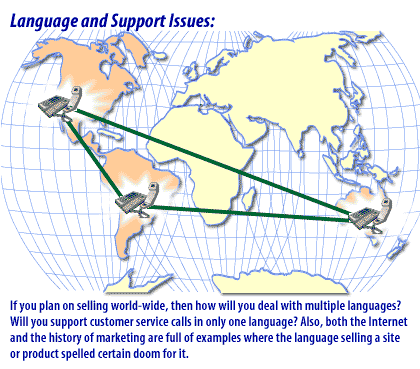Mapping Business Concerns - Transaction Issues
Process mapping provides a structural analysis approach and a capability of delivering systematic outputs. But the effectiveness of process mapping is affected by
how it is selected as the method of analysis, how it is planned and executed.
Here are 4 common ways process improvement professionals go wrong with process mapping.
Here are 4 common ways process improvement professionals go wrong with process mapping.
- Process mapping is an analytical tool commonly applied by process improvement professionals.
- By capturing real-world operation and reflecting it through a set of processes, they can, firstly, visualize the inputs, interactions, deliverables and parties involved in decision-making, and secondly, identify process inefficiencies, disjoints and improvement opportunities.
- The effectiveness of process mapping, however, varies significantly based on the experience and observations of a writer.
- On one procurement process reengineering project, for example, process mapping was appropriately applied to summarize core processes and identify non-value-added activities to facilitate improvement; but on another project, the consultants involved failed to capture the true scale of the operational processes in the organisation and the resultant improvement was unable to address the real underlying problems.



